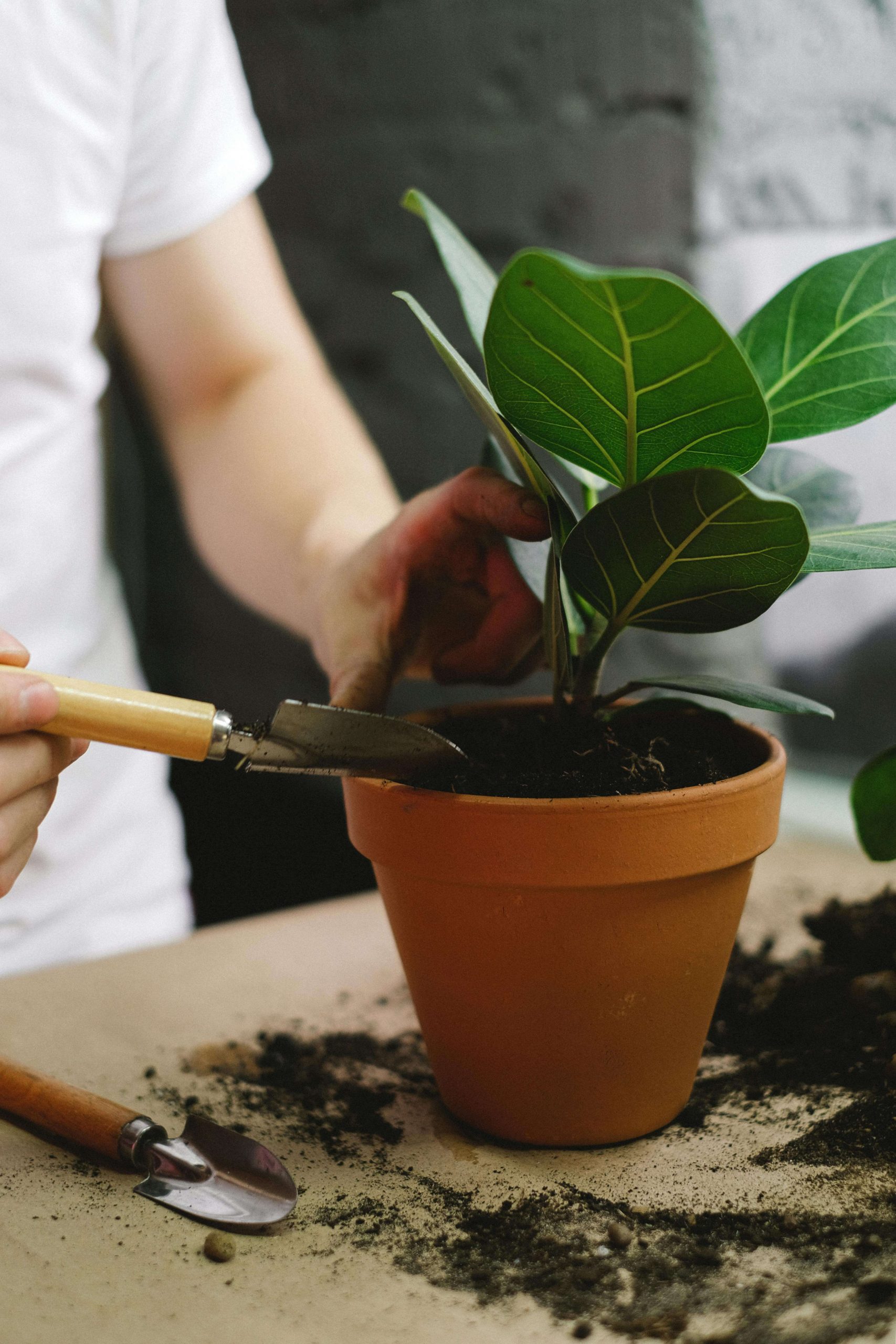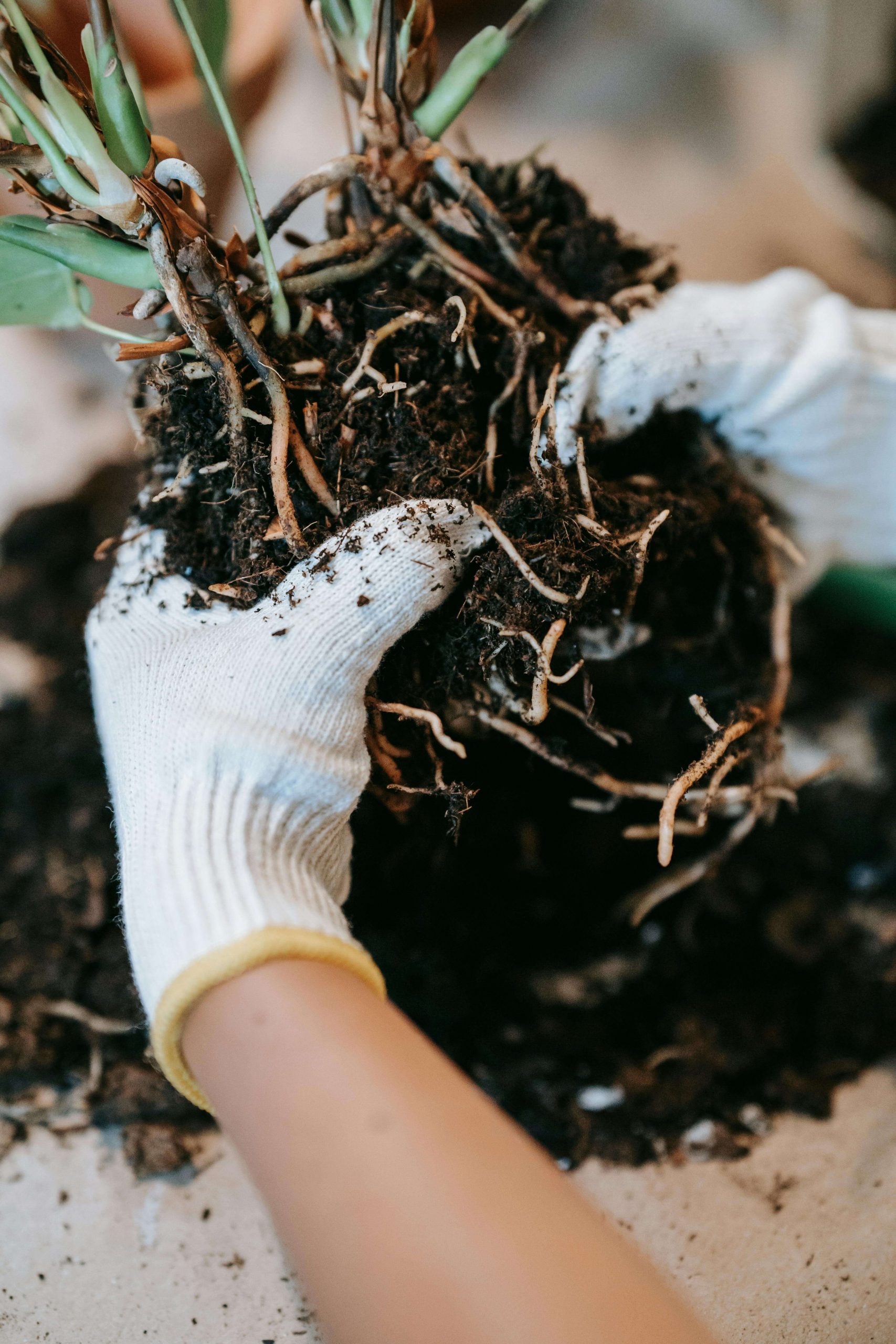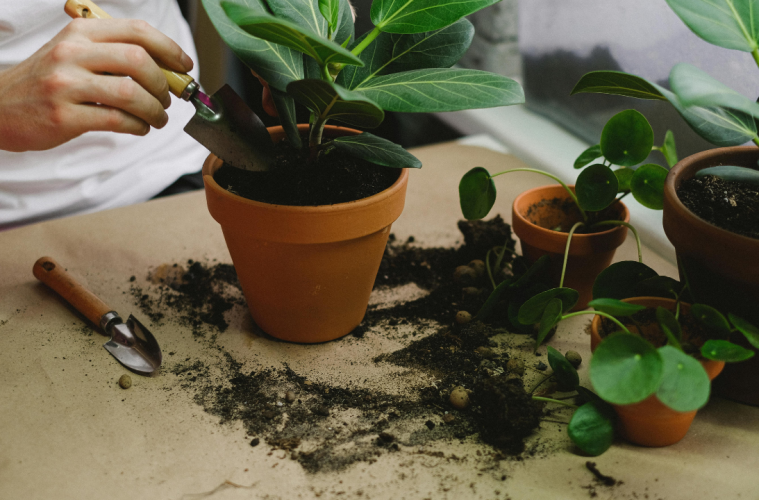Some plant diseases make their presence known with loud and obvious symptoms. But root rot isn’t one of them. This sneaky disease starts in your plant’s root zone, hidden by soil, and remains unnoticed until it has progressed significantly. While overwatering is often blamed, it’s actually the fungus thriving in the wet conditions that’s the true culprit. The key to overcoming root rot is early detection and prompt action.
Spotting Root Rot
Yellow leaves and stunted growth are early signs that your plant might be suffering from root rot. Since the roots can’t absorb necessary nutrients and water, the leaves turn yellow and wilt, and growth slows down. However, many issues can cause yellow leaves, so you need to check the roots to confirm root rot.
Gently remove the plant from its pot. If you notice a foul smell and excessively wet soil, these are strong indicators of root rot. Healthy roots are firm and white, while rotten roots are soft, brown, and can turn mushy black with a bad odour.

Unsplash
Preventing Root Rot
To prevent root rot, ensure your plant’s soil drains well and that the pot has adequate drainage holes. Good soil is essential. Consider using an All Purpose Potting Soil Mix. This mix provides a balanced environment with essential nutrients that feed your plant for up to six months. Bio Ganic All Purpose promotes natural healthy plant growth, essential plant nutrients are released slowly into the soil stimulating microbial and earthworm and activity which bind soil particles together to improve soil structure and tilth, better soil structure allows roots to grow unrestricted in a nutrient-rich environment.
Water your plants thoroughly but allow the soil to dry slightly before watering again. Avoid watering on a strict schedule; instead, check the soil moisture by inserting your finger about 2-3 inches deep. The soil should be cool and only slightly moist. Ensure any excess water can drain freely from the pot, and always empty any water collected in saucers or cachepots to prevent the roots from sitting in water.

Pexels
Treating Root Rot
If you discover root rot, assess the extent of the damage. If all roots are mushy and soft, the plant may be beyond saving. However, if you find healthy, firm roots, there’s still hope.
Remove the plant from its pot and carefully wash the roots under warm water to remove contaminated soil. Sterilize pruning scissors with isopropyl alcohol and cut away the rotten roots, leaving only the healthy ones. Repot the plant using All Purpose Potting Soil Mix. This soil will provide the necessary nutrients during recovery.
To further support recovery, use Plant Food All-Purpose. This blend of natural and organic ingredients supplies essential nutrients and beneficial microorganisms, helping new roots grow strong and healthy.
By following these simple steps, you can prevent and manage root rot, ensuring your plants stay healthy and vibrant.
ALSO SEE: Houseplants getting mouldy? Try these fixes
Feature image: Unsplash

